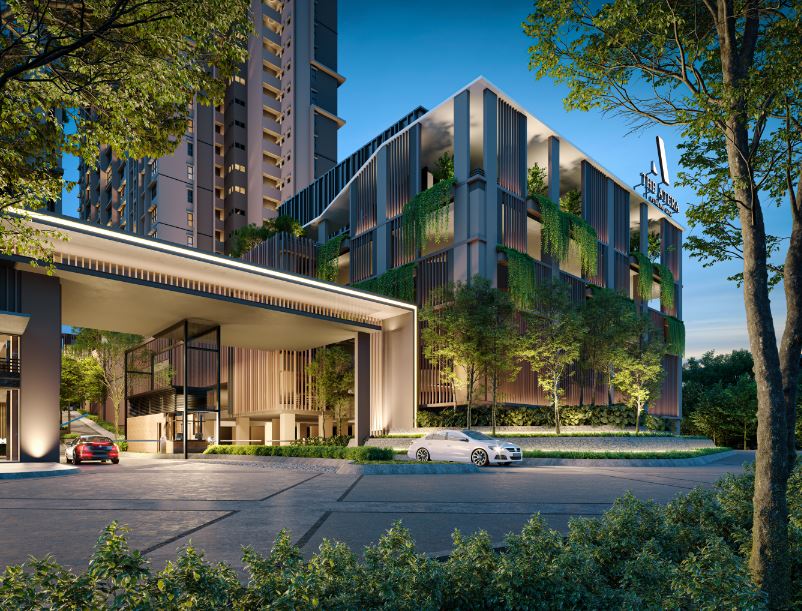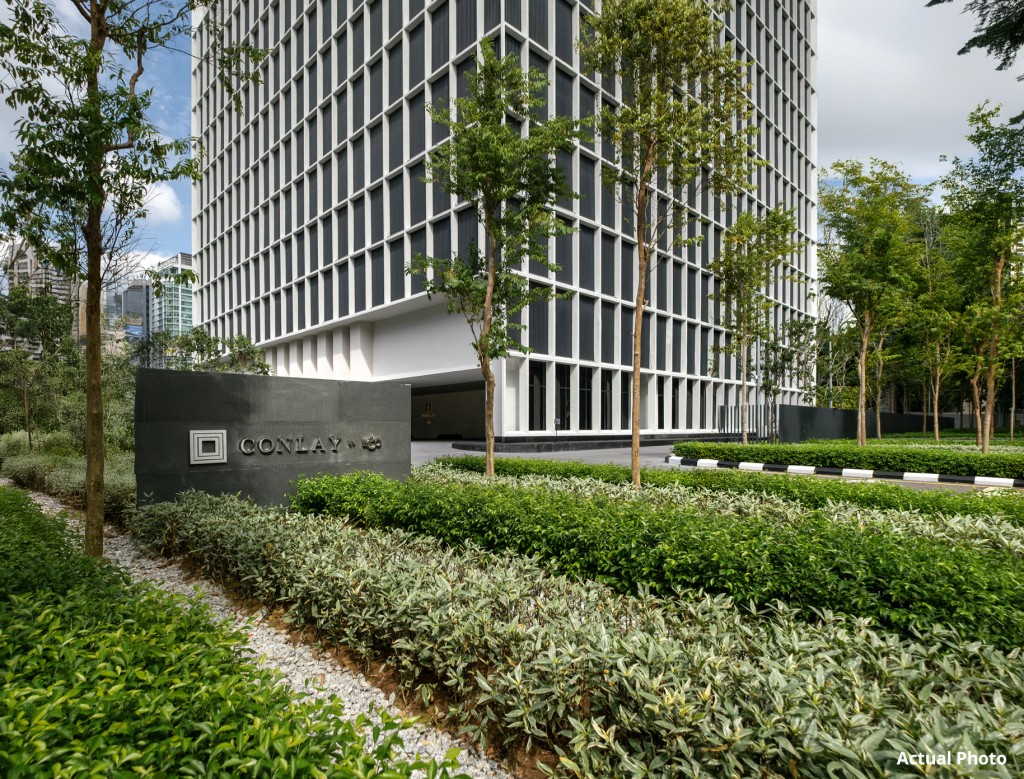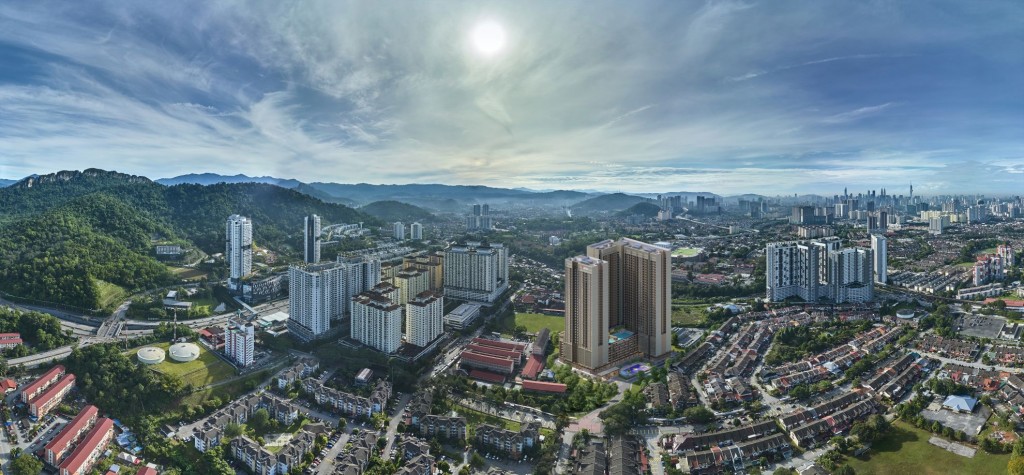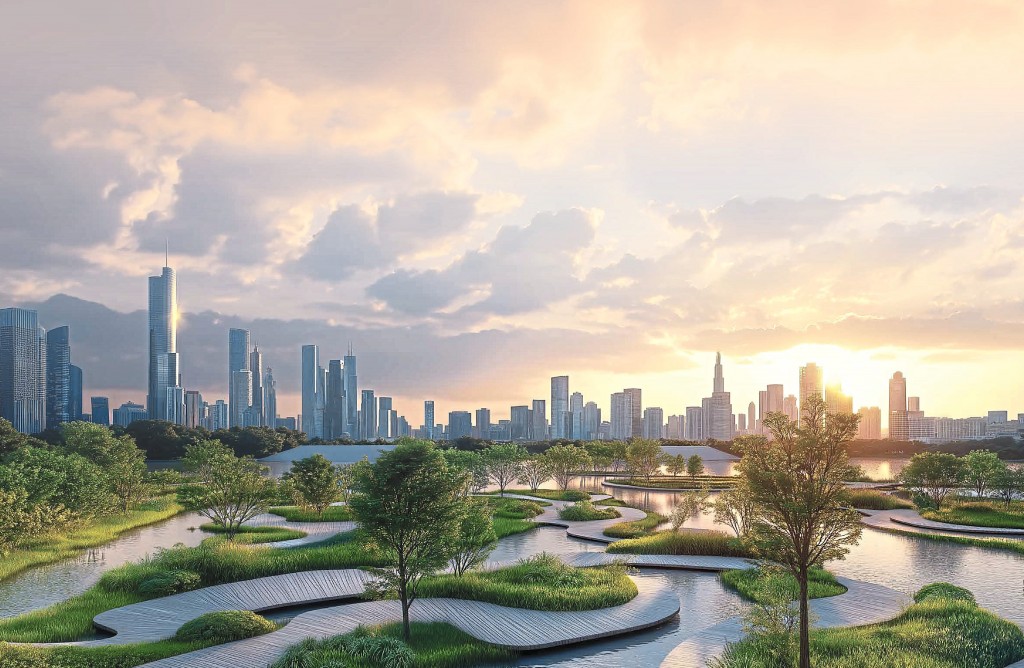Mental wellness in housing and urban planning
By Yanika Liew
Malaysia’s mental health literacy rate is purported to be increasing, thanks to the awareness initiatives by various organisations, both government and non-government. However, it is still considered relatively limited compared to the more developed nations. With Malaysia’s rapidly urbanising population, city-dwellers will find that it is their mental health that is especially at risk. Studies have shown that the urban physical environment can affect mental health but how does this happen?
“In Southeast Asia countries, Malaysia has the highest percentage of mental disorders. Mental disorders could affect anyone and more than one disorder at a time. The urban physical environment is essential to health and well-being as it can influence the city's liveability people's behaviour, encourage or discourage a person from being active, and improve an individual's ability to strive against an unhealthy lifestyle,” Universiti Teknologi MARA Centre of Studies for Town and Regional Planning head Dr Marlyana Azyyati Marzukhi said.
Marzukhi identified five factors that act independently to predict the risk of low mental health and vitality, which consists of noise annoyance, perceptions of crime, house overcrowding, access to green spaces and community facilities. These all seem to be common sense, but do we really think of the ways in which these stressors can impact our mental health?
“We are affected by our environment directly and indirectly. Temperature, weather, traffic, pollution, and natural disasters, all affect our well-being. These factors in their extreme, contribute to distress,” Sunway University School of Medical and Life Sciences associate dean (international) Dr Alvin Ng said.
“For example, floods directly affect those who experience it first hand, disrupting livelihood, therefore causing distress. These disruptions are felt in the larger network of those who are directly affected by floods. News of these floods also contribute to the larger distress and discontentment among populations who are exposed to the news,” he continued.
Mental well-being is related to a perceived sense of comfort, safety and security. If an environment is perceived as unsafe and uncomfortable, those exposed to the environment will more likely be stressed. It is this potential for prolonged discomfort and anxiety that the urban environment cultivates. All of which culminate into a non-conducive environment for mental health.
Housing
Housing is one of the important characteristics of a built environment as it is an essential requirement for shelter. The home is where one will spend a majority of their leisure time, or, as facilitated by the pandemic, where one will spend a majority of their time working as well.
“In an urban area, the cost of living is higher, land and spaces are limited, and most people could not afford medium and high-cost housing for a comfortable and better living due to their socioeconomic status limitation,” Marzukhi said.
The high-stress environment low-income families endure has a direct impact on their mental health, which echoes the United Nations’ statement that poverty is strongly linked to mental wellness. She pointed to low-income groups which reside in urban low-cost housing, which is affordable but lacking in quality.
“A good housing condition with sufficient space, higher housing quality, and better housing affordability will create better mental health. Many studies have shown that the urban physical environment, especially housing and provision of green spaces, is associated with mental health more than physical health,” Marzukhi continued.
“Demand for housing will increase, and a higher density housing scheme will be built. It can cause low housing quality and inadequate provision of facilities, including the green area and public spaces. This condition of the housing area appears to cause lower neighbourhood social ties due to lack of interaction and might be less interested in forming social connections,” she said.
Housing is considered an essential determinant of health, happiness, and the quality of life depending on the provision of housing and the facilities that come with it. Living spaces should be conducive and safe to secure people doing their daily life routine with minimal feelings of negativity.
“The placement, design and quality of low-cost housing need to be reconsidered. A low-cost housing with a better suitable location and suitable design could help to improve mental health and promote an improved quality of life,” Marzukhi said.

Green connectivity and better walkability are associated with less depression
in the urban population, Marzukhi said.
Urban planning
“It is crucial to design a city or neighbourhood area with good green connectivity, which will further encourage people to walk. The form of urban spaces and improvement of walkability in a city has positive changes for human behaviours and health outcomes,” Marzukhi pointed out.
It is her understanding that social isolation or lack of close social ties is associated with poor health and occurs more frequently in city areas.
“Walking is a supported component of the urban physical environment, particularly the green connectivity and better walkability, which was associated with less depression in the urban population. Studies prove that neighbourhood walkability and cognitive function are physical activities that suggest a higher walkable neighbourhood provides opportunities to do exercise that can affect better mental health,” she added.
As a destresser, nature is very effective, Ng explained. He noted that many mental health professionals would prescribe going back to nature and greenery to de-stress, recuperate and re-centre oneself.

“Healthy socialisation is the single most important factor contributing to our
mental health,” Ng said.
“Firstly, fresher air. Breathing easier helps with relaxation. There is also much less stimulation that is associated with the stress of work, city hustle and bustle and the likes of them. You’re also not likely to have any phone signal in the bush or forest, so less likely to be disrupted by external communication and entertainment. Being among greenery also has an effect that helps people feel more grounded and centred,” Ng explained.
However, a space cannot simply be designed to be green. It must also be designed to facilitate social cohesion and interaction, acting as a meeting point of a community. Urban planning has the powerful potential to shape the formation of social ties through social spaces, thereby influencing overall social relationships between family and friends.
“Understanding how urban planning facilitates social relationships that may further affect mental health is central to meeting the crucial aspect of planning and the health challenges of the urban population, which will cause a transformative effect on the lives of the community,” Marzukhi said.
“Healthy socialisation is the single most important factor contributing to our mental health. We are social beings and we relish being accepted by others, while also being extremely averse to rejection. So, we crave acknowledgement and validation. Socialisation where we experience friendliness and support helps us thrive. On the contrary, socialisation that demeans and creates a sense of rejection contributes to personal distress,” Ng said.
With many property developers focusing on sustainability, it seems Malaysia has finally stepped onto greener pastures, but the provision of eco-friendly features in neighbourhoods and cities are largely centralised to areas targeting middle to high-income groups.
“The improvement of human health and wellbeing as a key priority to achieve sustainable development goals. This seeks to address the major challenges of rapid urbanisation, including producing healthy and sustainable cities to foster prosperity and quality of life for all,” Marzukhi said.
Stay ahead of the crowd and enjoy fresh insights on real estate, property development, and lifestyle trends when you subscribe to our newsletter and follow us on social media.
















































